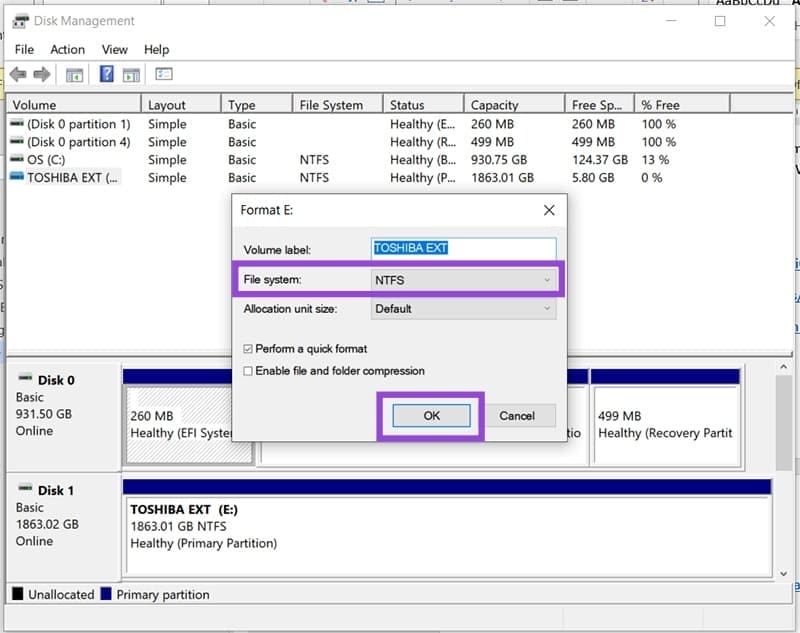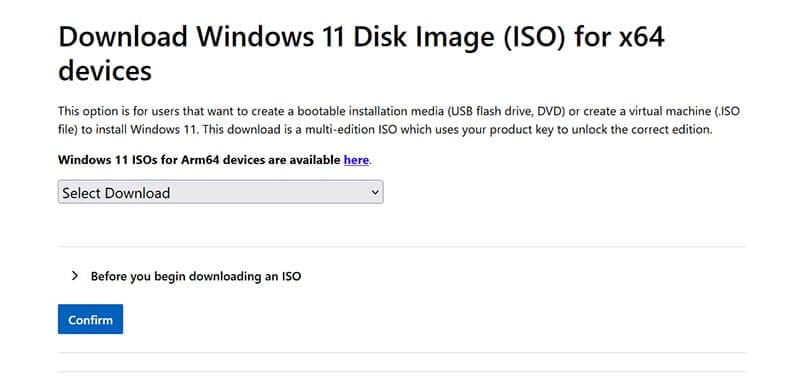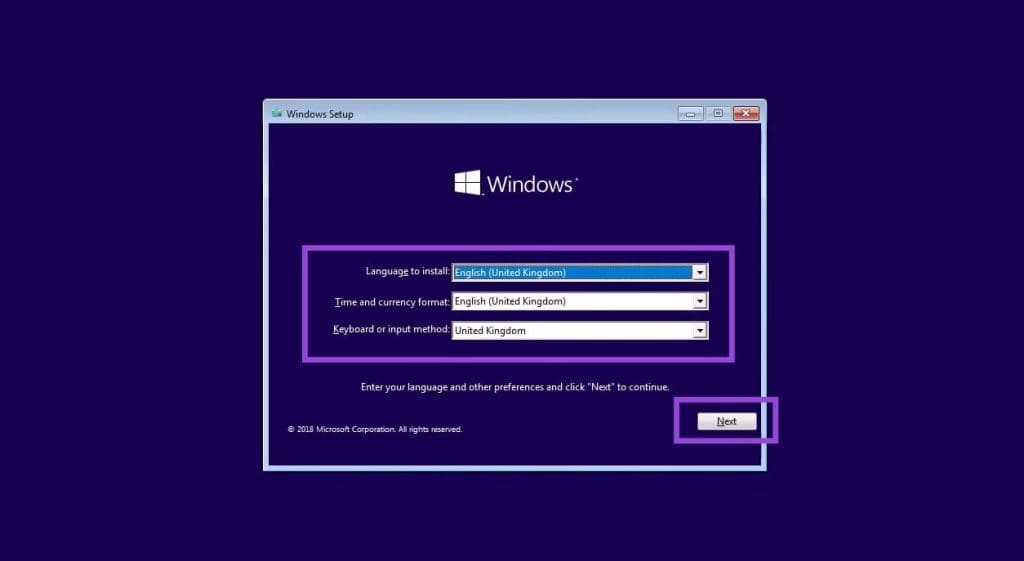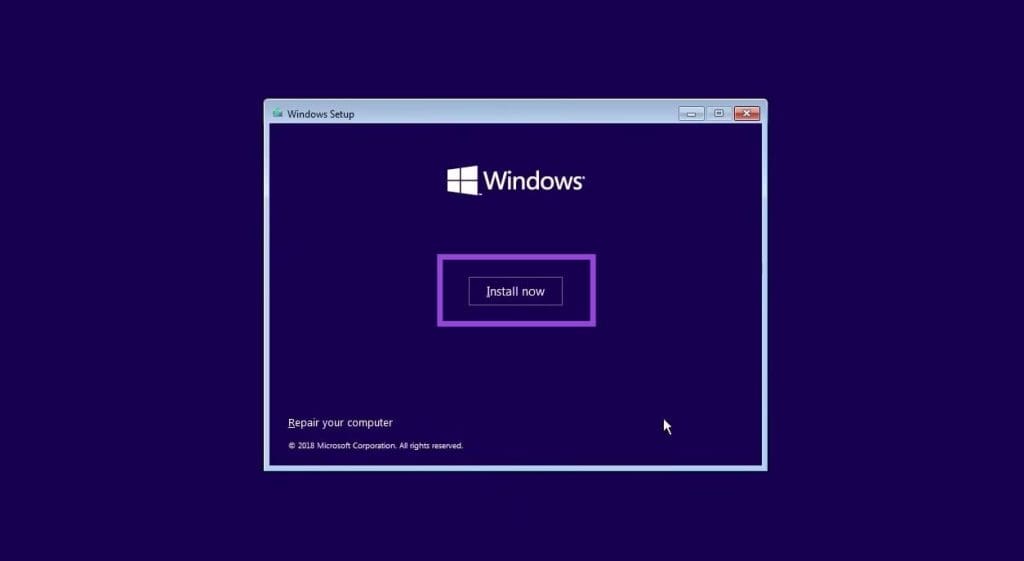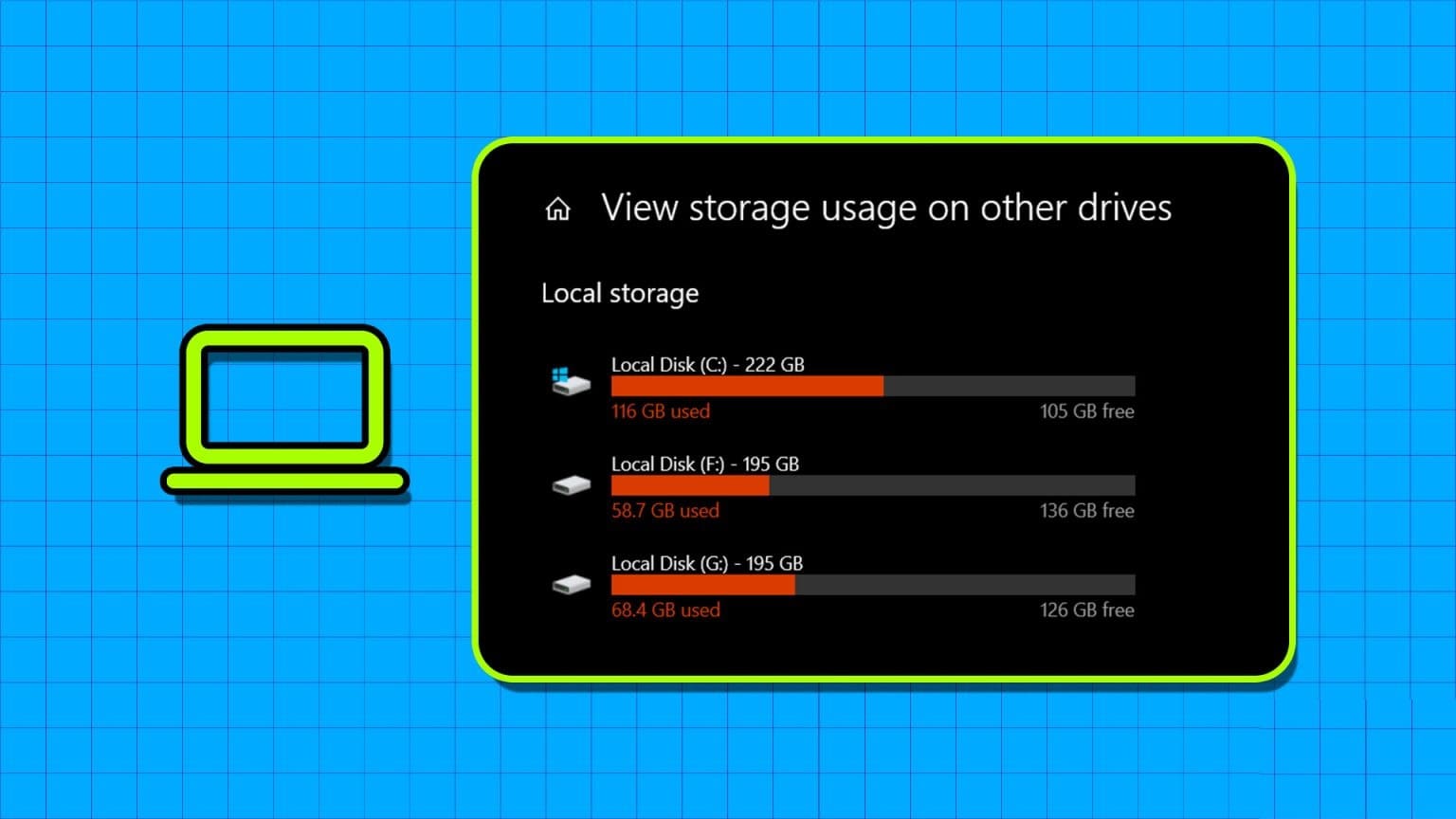Running Windows from an external SSD allows you to use the system on multiple devices without requiring an internal installation. You can easily move the system between computers while preserving your settings and files, and it improves performance compared to traditional drives. This article explains the basic steps for connecting an external SSD and running Windows seamlessly from it.

Quick tips
- Using an SSD to run Windows is easy and efficient.
- You will need to extract the contents of the ISO file, format your SSD to a bootable disk, and then properly place the Windows ISO files on it.
- Next, you need to boot your computer into BIOS and select SSD as the bootable disk.
If you want to install Windows from scratch, the good news is that it's easy to do using any external drive, including an SSD. External SSDs offer the space and speed needed to boot and install a new Windows operating system seamlessly. In this article, we'll show you how.
How to run Windows from an external SSD
Using an SSD as a way to boot Windows is easy, but it involves a few different steps. Let's get started:
Format the hard disk
Before proceeding with any further steps, first ensure that the device is properly formatted. Bootable devices use the FAT32 file system. Unfortunately, this only allows for 4GB of storage. For larger drives such as SSDs, NTFS also works efficiently.
Also remember that formatting an SSD will delete all data on it, so don't forget to back up all your files first.
Formatting can be done via a third-party application (Rufus is a good example of an open source application) or via Windows. Here's a simple method using Disk Management:
Step 1Connect the SSD. Type Disk Management In the search bar and choose the first option.
Step 2. Right click on the disk and select "Preparation" from the list.
Step 3. Make sure to adjust file system" on "NTFS" Then click “OK”.
Step 4. tap on "OK" In the warning window, allow the disk to be reformatted.
Download Windows image file
The next step is to download the contents of the ISO file and place it in the correct boot sector of the newly formatted SSD. Microsoft provides all the necessary .iso files to install the latest versions. Windows 10 و11, which you can find on their website. Other third-party apps, such as Fly By 11, providing specific Windows versions and installing them on your behalf.
Download the “.iso” image file you want and copy it to your SSD.
Run Windows
After setting up your SSD, it's time to power up your device. Shut down the computer you intend to use and connect the SSD. Here's how to install it:
Step 1. Insert the bootable SSD into your device and turn it on. Press the BIOS key (this varies from device to device, but is usually a Function key or Delete key) to enter the BIOS.
Step 2. BIOS varies from manufacturer to manufacturer. After logging in, look for the "Boot" option (often found under "Settings") and select it.
To step 3. Search for "Boot Override" and select your SSD from the list of alternatives. It will appear as a USB option. This will ensure your computer boots from the SSD, not the operating system currently installed on it. Save changes and exit.
Step 4. You will be taken to a purple screen where you can choose your language and region preferences.
Step 5. tap on “Install Now” Enter your Windows license key. You can also activate Windows later after the operating system is installed.
To step 6. Choose the edition of Windows you want to install (that matches your license) and click Next.
Step 7. Accept the license agreement and click "the following".
Step 8. Select the appropriate partition on the external SSD so you have a single location for installing Windows. If that doesn't work, choose the largest partition to install Windows to. Click "Next" when finished.
To step 9. Windows installation will then begin.
By following this method, you can run Windows from an external SSD quickly and easily, providing a flexible and secure user experience on any device, while maintaining performance and personalized settings without the need for internal installation.
